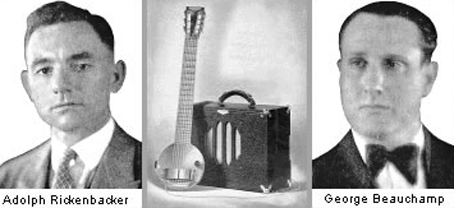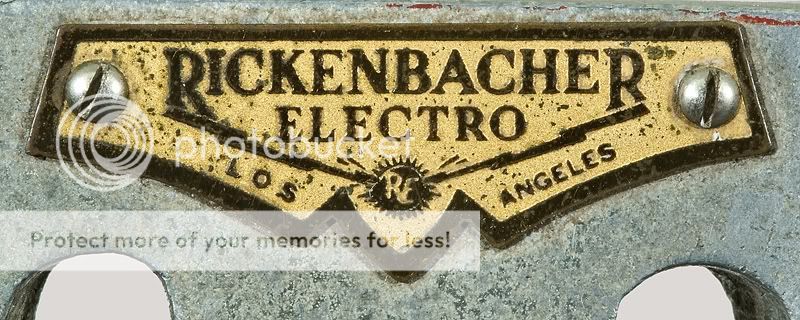Versatile, inexpensive and relatively easy to play, the acoustic
guitar was a staple of American rural music in the early 20th
century, particularly black rural music such as the blues. But
a significant physical limitation made it a poor fit in ensembles
made up of brass, woodwind and orchestral string instruments:
The acoustic guitar was simply too quiet.
What transformed the guitar and its place in popular music, and eventually transformed popular music itself, was the development
of a method for transforming the sound of a vibrating guitar string
into an electrical signal that could be amplified and re-converted
into audible sound at a much greater volume.
The electric guitar—the instrument that revolutionized jazz, blues
and country music and made the later rise of rock and roll possible,
was recognized by the United States Patent Office on August 10,
1937 with the award of Patent #2,089.171 to G.D. Beauchamp for an instrument known as the Rickenbacker Frying Pan.
Inventor G.D. Beauchamp, partner with Adolph Rickenbacher in the Electro String Instrument Corporation of Los Angeles, California,
spent more than five years pursuing his patent on the Frying Pan.




Place your comment